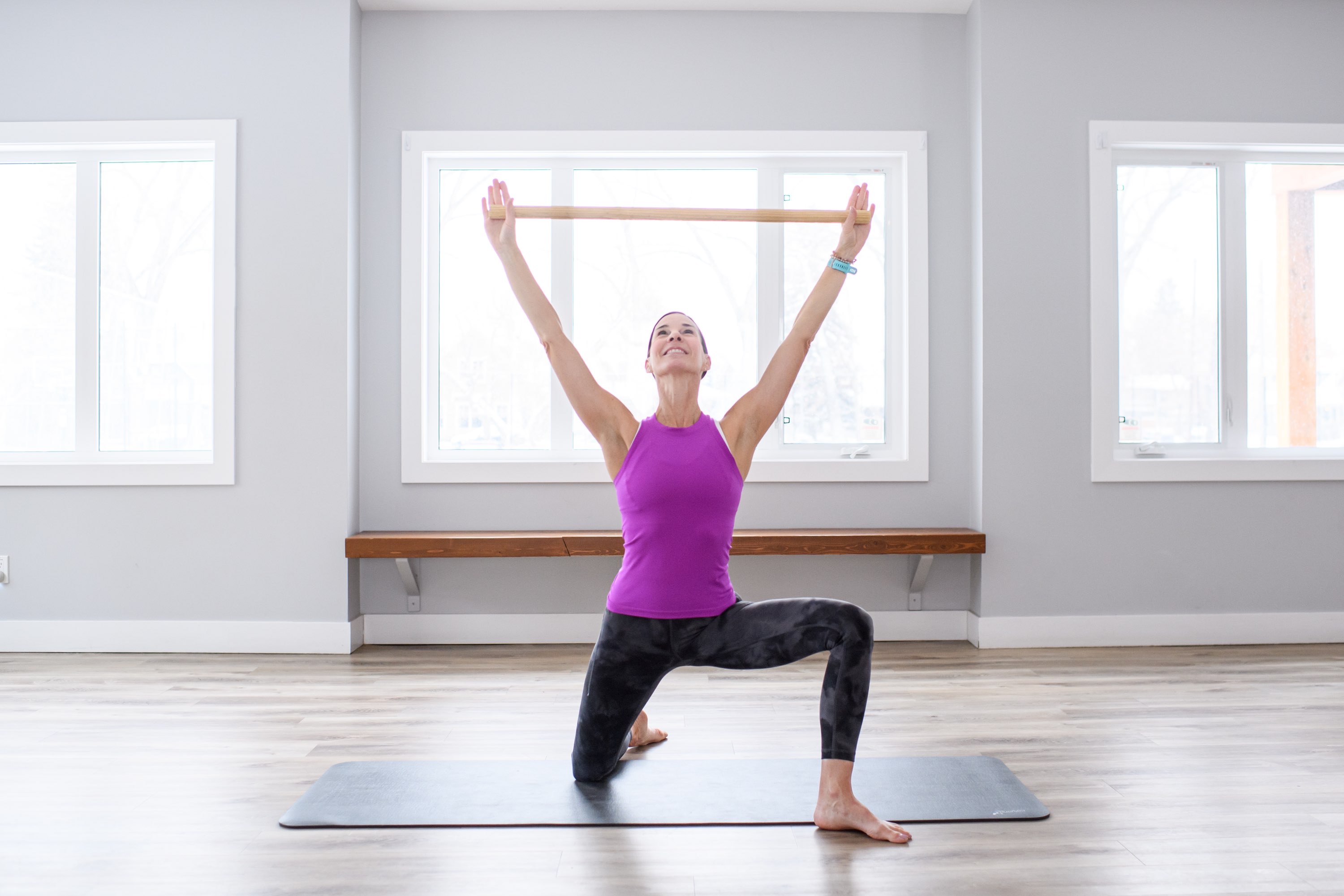How to increase or decrease the intensity in any Pilates exercise
- Christy Hayne

- Dec 17, 2023
- 2 min read
Understanding these factors can help guide you into creating more or less intensity.
The BASE OF SUPPORT (points of contact) is how much the body is grounded and anchoring in any exercise. This can refer to balance challenges, and positions like BIRD DOG; lifting an arm and leg in oppostion alters our base of support. The fewer feet, hands, knees on the floor, the less base of support/stability we have, which in turn creates more intensity.
The LENGTH of the LEVER can create more or less intensity. The longer the lever, the more diffcult the exercise will be. For example, in 'the HUNDRED' you can begin by pumping your arms and breathing with your feet on the mat, then progress to tabletop, ultimately lifting the legs to 45 degress or even lower to a more neutral spine position with the legs hovering 6 inches off the floor. Every one and every BODY, will find their edge, where they know the challenge is right for them - their personal challenge.
RESISTANCE and ASSISTANCE refers to using props for assistance, but also creating resistance. Think about using the long Theraband to help you with 'Teasers' or using the mini fitball or roller under your sacrum to help you with a 'Rollover'. Props can give us assistance to help guide the body into the exercise or action, thereby learning the muscular pattern of an exercise.
RANGE OF MOTION can be used to create less or more stability and intensity. The larger ROM in 'One Leg Circles' is more challenging, than smaller circles from the hip joint. Moving from dinner plate size circles to hula hoop size will create more intensity and task the deeper abdominals to work more to stabilize the pelvis. When doing 'Tick Tock', you will be able to dial up or down the intensity depending on the ROM you choose.
RHYTHM within an exercise. Changing the speed of execution of an exercise can either ramp up or down the intensity. Slowing down your 'Criss Cross' creates more intensity in the exercise. Often, precision and control are more achievable when we move to a slower rhythm.
Understanding that progressions of any given exercise are always available to you and everything is optional is important to know in Pilates class. Some days you may find yourself with a little more 'gas in the tank' and feel capable of creating a heavier, longer lever, and other days you may find you need to alter the lever or base of support. Pilates is not a competition and you always have choices in adding less or more intensity.




Comments